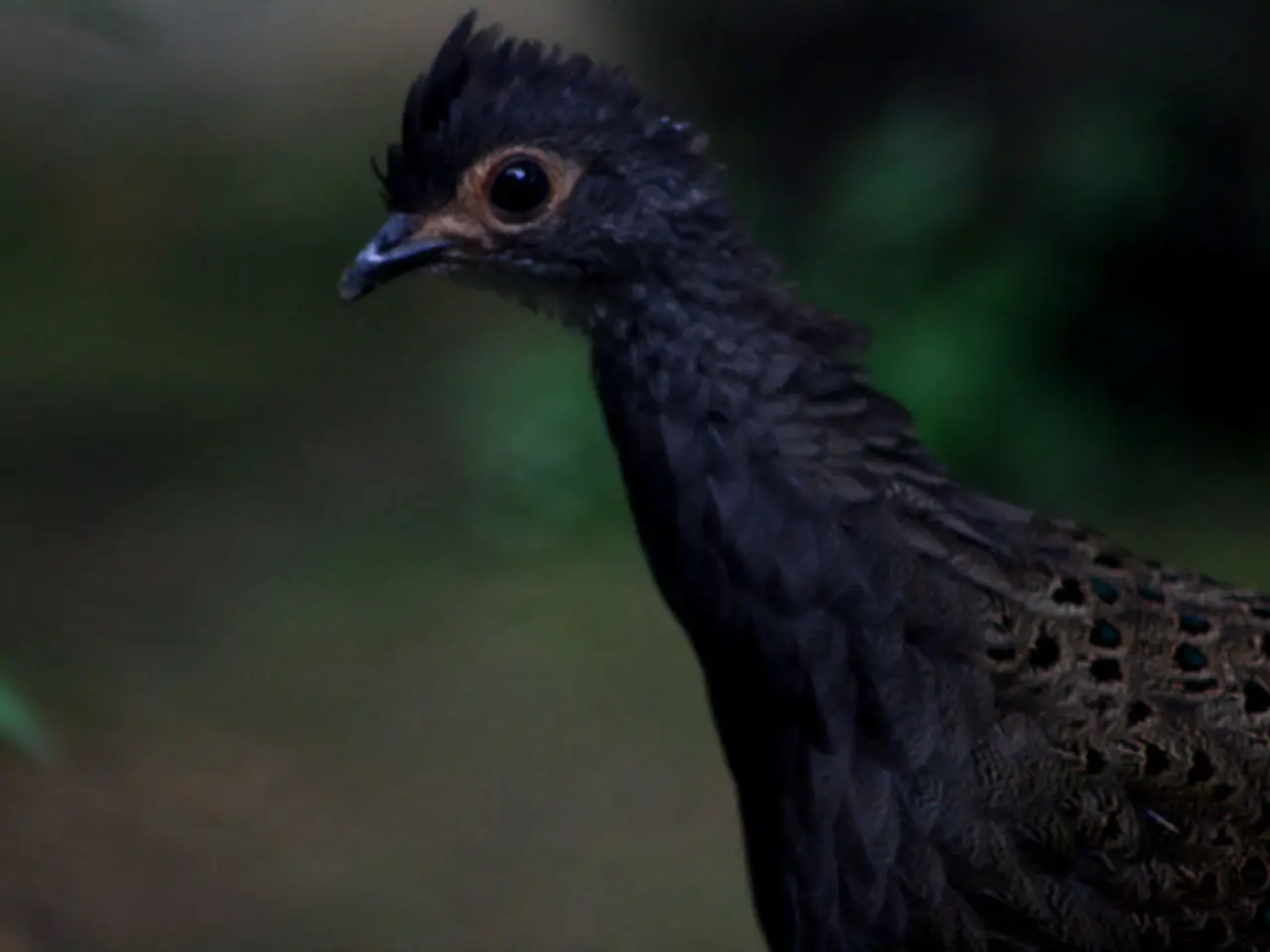Observerbird researchers noticing sex changes in certain avian species, potentially due to contamination
A groundbreaking study published in the peer-reviewed scientific journal Biology Letters has linked endocrine-disrupting chemicals (EDCs) to sex reversal in wild birds. The research, conducted by scientists from the University of the Sunshine Coast (Australia), found that up to 6% of nearly 500 birds studied had a mismatch between their genetic sex and physical sexual traits, indicating sex reversal is more common than previously thought.
The study focused on five common Australian bird species: kookaburras, magpies, and lorikeets. One key example is a genetically male kookaburra found in a peri-urban agricultural zone—where such chemicals may accumulate—was reproductively active with large follicles and a distended oviduct, meaning it had developed female reproductive features and even laid eggs.
While the exact causes of sex reversal remain unclear, these chemicals are known to interfere with hormone systems and could alter developmental pathways in birds. The phenomenon, better documented in fish and reptiles, is rare and less understood in birds, but this study provides a baseline indicating environmental factors like EDCs might play a significant role.
The study's findings have important implications for bird research and conservation. They challenge traditional sexing methods based on physical traits and suggest that population sex ratios and reproductive capabilities could be affected by environmental chemical contamination.
Dominique Potvin, a co-author of the study, emphasised the importance of understanding how and why sex change occurs in wild birds for conservation and improving the accuracy of bird research. The study's title, "Sex change in wild birds: a new frontier in avian biology," encapsulates this new understanding of avian biology and the need for further research to unravel the complexities of sex determination and development in birds.
This connection between EDCs and sex reversal in birds underscores the need for further research to understand environmental impacts on wild avian populations and their reproductive biology. As sex change in wild birds remains rare, this study provides valuable insights into the potential role of EDCs in wildlife sex determination and development.
The study in 'health-and-wellness' and 'environmental-science' links endocrine-disrupting chemicals to sex reversal in wild birds, highlighting the importance of understanding the role of these chemicals in wildlife 'medical-conditions' and 'science'. The findings could impact 'bird research' and 'conservation', as they suggest that population sex ratios could be affected by environmental chemical contamination.




